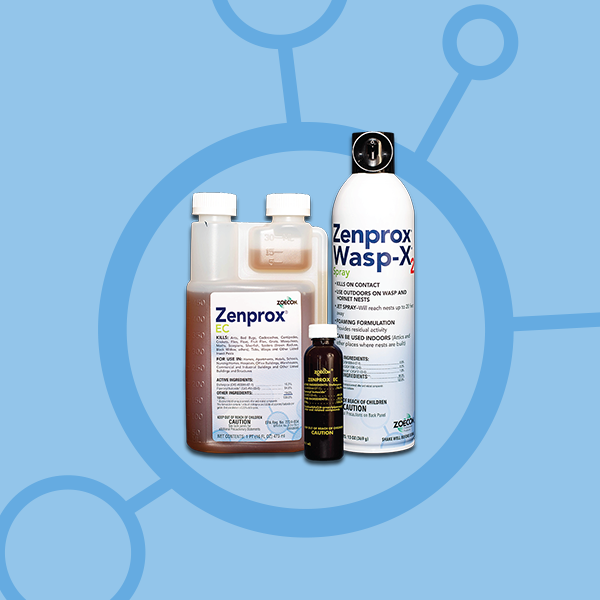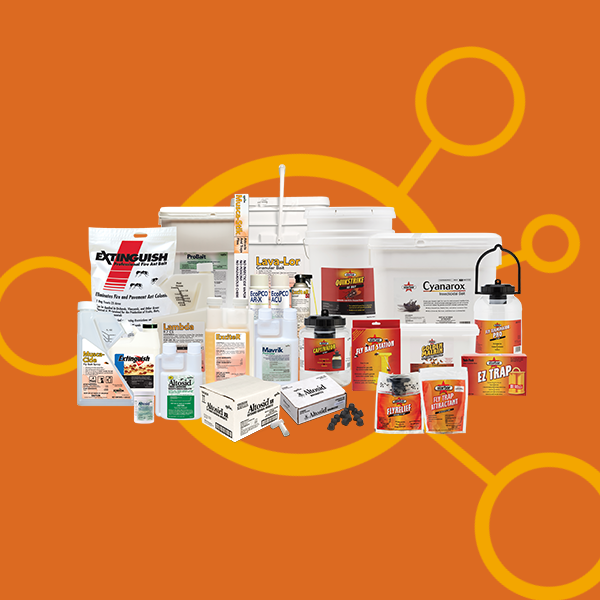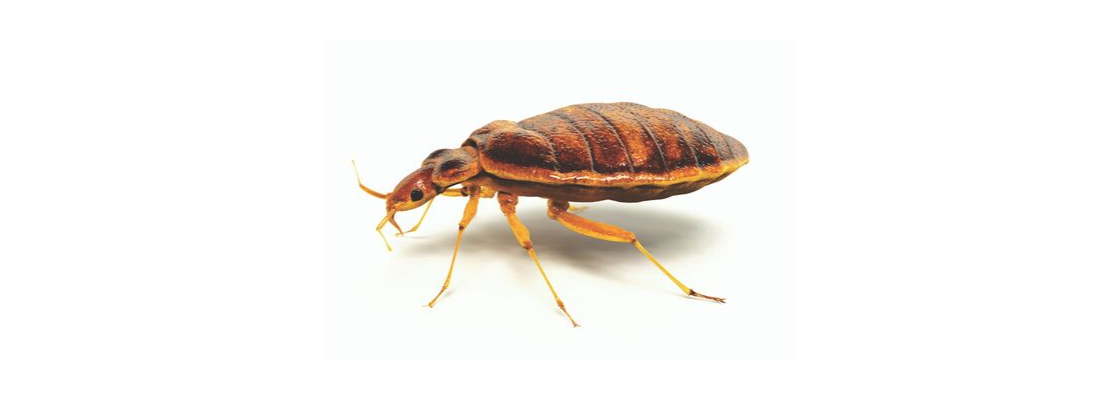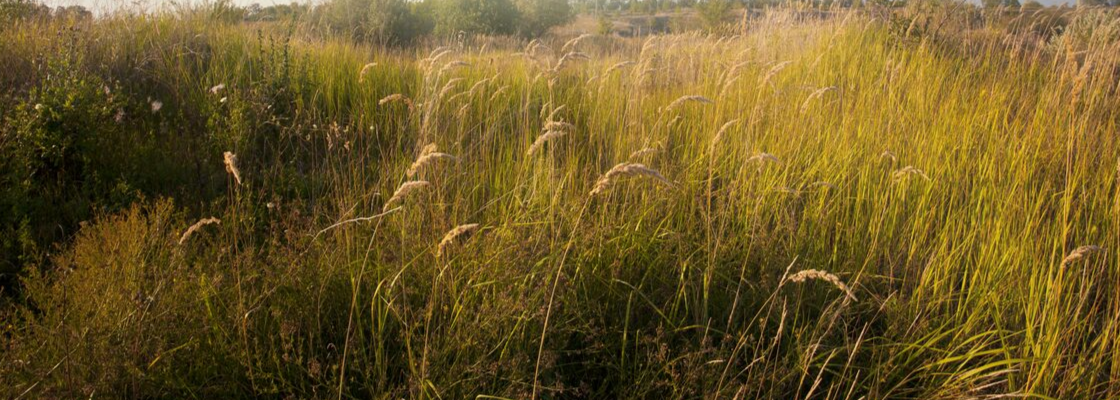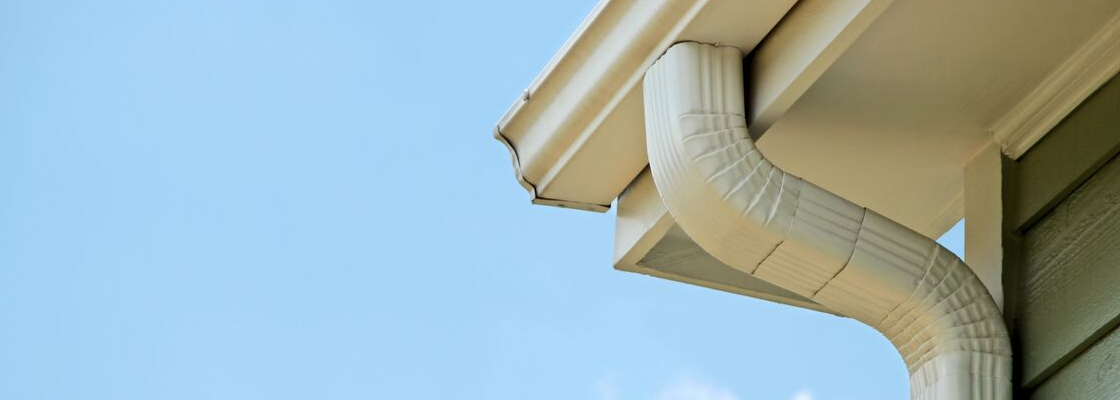Ants
Different ant species require different treatments due to unique character traits, so be sure to properly identify the invaders before you start a control plan. To help identify different ant species, PMPs should plan on thoroughly inspecting their clients’ homes with these key treatment sites in mind:
In kitchens, remove all pantry items and instruct clients to maintain food-free surfaces. Look for ants on the edges of counters, seams, baseboards and other elements of construction.
Ants find their way into bathrooms in search of food and water sources, such as standing water or hair in drains. To spot ants, look along the edges of toilets, sinks, bathtubs, and pipes.
In bedrooms, ants can be found on bed seams, baseboards and the edges of desks and dressers. Baits should be placed in hidden areas to avoid nuisance.
In backyards, ants can make spending time outdoors uncomfortable. In addition to targeted insecticide treatments, encourage clients to maintain good lawn health in order to prevent future ant infestations. Most species of ants nest underground, while some can be found in compromised wood, dead mulch, leaf litter and gutters.
With all treatments sites, a thorough inspection and plan of action will lead to long-lasting results.
Article originally appeared in PMP Magazine


